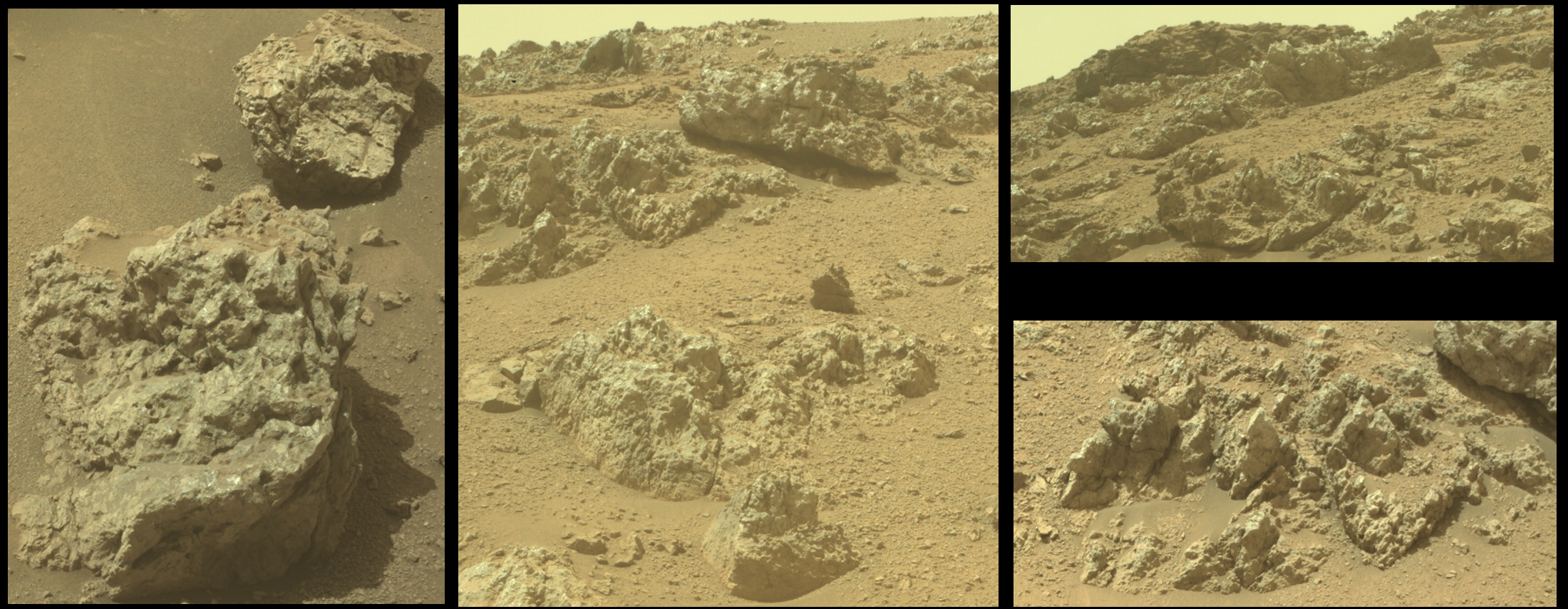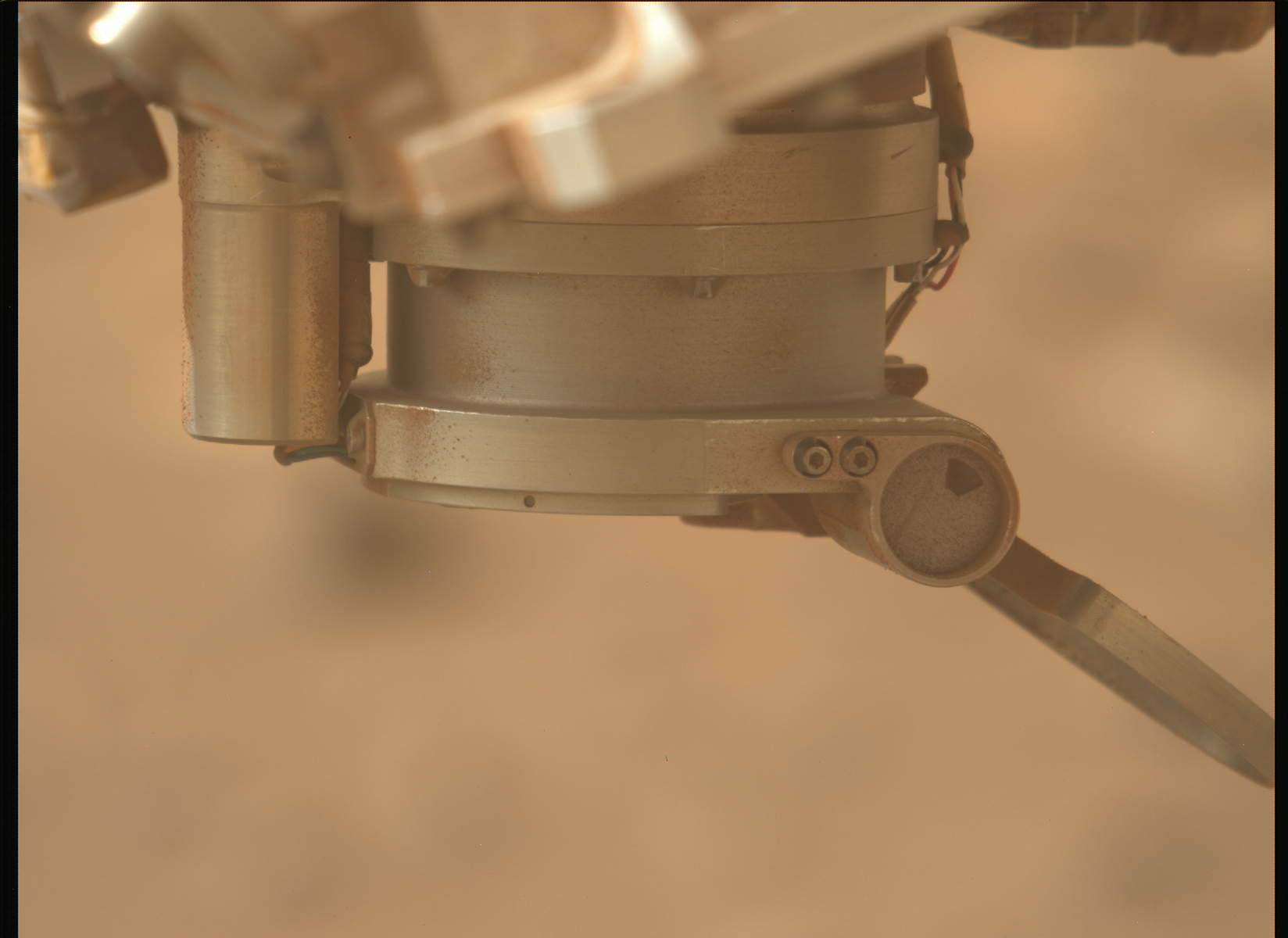I have only anecdotal evidence to support this, but:
Looking at images like this from the same time last Martian year, when we were on the crater floor, it seemed pretty dusty then, as well.
We've known for quite some time, however, that this general time of year (northern hemisphere winter) is dusty, and we're not very far into spring as yet. I think there would be a lot of science value in observing dust devil and wind gust activity from a significant elevation like this, and I long to see the kind of views you're talking about as well. Unfortunately, dust devils are more of a summer thing, and the mission seems determined to get Percy up and over the summit ASAP. I personally learned to look at Mars differently after seeing the colour images from Ingenuity's later flights, and the perspective on this canyon and delta region from the summit could be significant, not to mention inspiring... provided we could actually see what the view really has to offer.
I've complained about the nosebleeds enough already, so I'm going to refrain from commenting on Ken Farley's driving habits.








After 8 years of ascending the mountain, this is what it's come to. As this episode documents very nicely, the rover's brush tool has been working perfectly all this time... until now. After stumbling over all that raw sulfur and being forced to backtrack over all this rocky terrain - he's faulty, malfunctioning. Kept babbling on about his mission.
To quote Mars Guy:
These astro-droids are getting quite out of hand. Even I can't understand their logic at times.